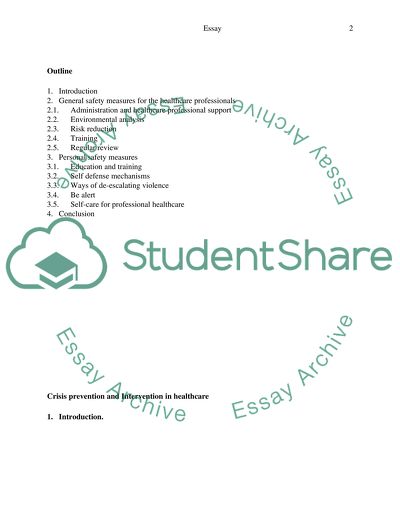Cite this document
(“Crisis Prevention and Intervention in Healthcare Essay - 1”, n.d.)
Crisis Prevention and Intervention in Healthcare Essay - 1. Retrieved from https://studentshare.org/nursing/1613653-crisis-prevention-intervention-in-healthcare-management-of-assualtive-behavior
Crisis Prevention and Intervention in Healthcare Essay - 1. Retrieved from https://studentshare.org/nursing/1613653-crisis-prevention-intervention-in-healthcare-management-of-assualtive-behavior
(Crisis Prevention and Intervention in Healthcare Essay - 1)
Crisis Prevention and Intervention in Healthcare Essay - 1. https://studentshare.org/nursing/1613653-crisis-prevention-intervention-in-healthcare-management-of-assualtive-behavior.
Crisis Prevention and Intervention in Healthcare Essay - 1. https://studentshare.org/nursing/1613653-crisis-prevention-intervention-in-healthcare-management-of-assualtive-behavior.
“Crisis Prevention and Intervention in Healthcare Essay - 1”, n.d. https://studentshare.org/nursing/1613653-crisis-prevention-intervention-in-healthcare-management-of-assualtive-behavior.


